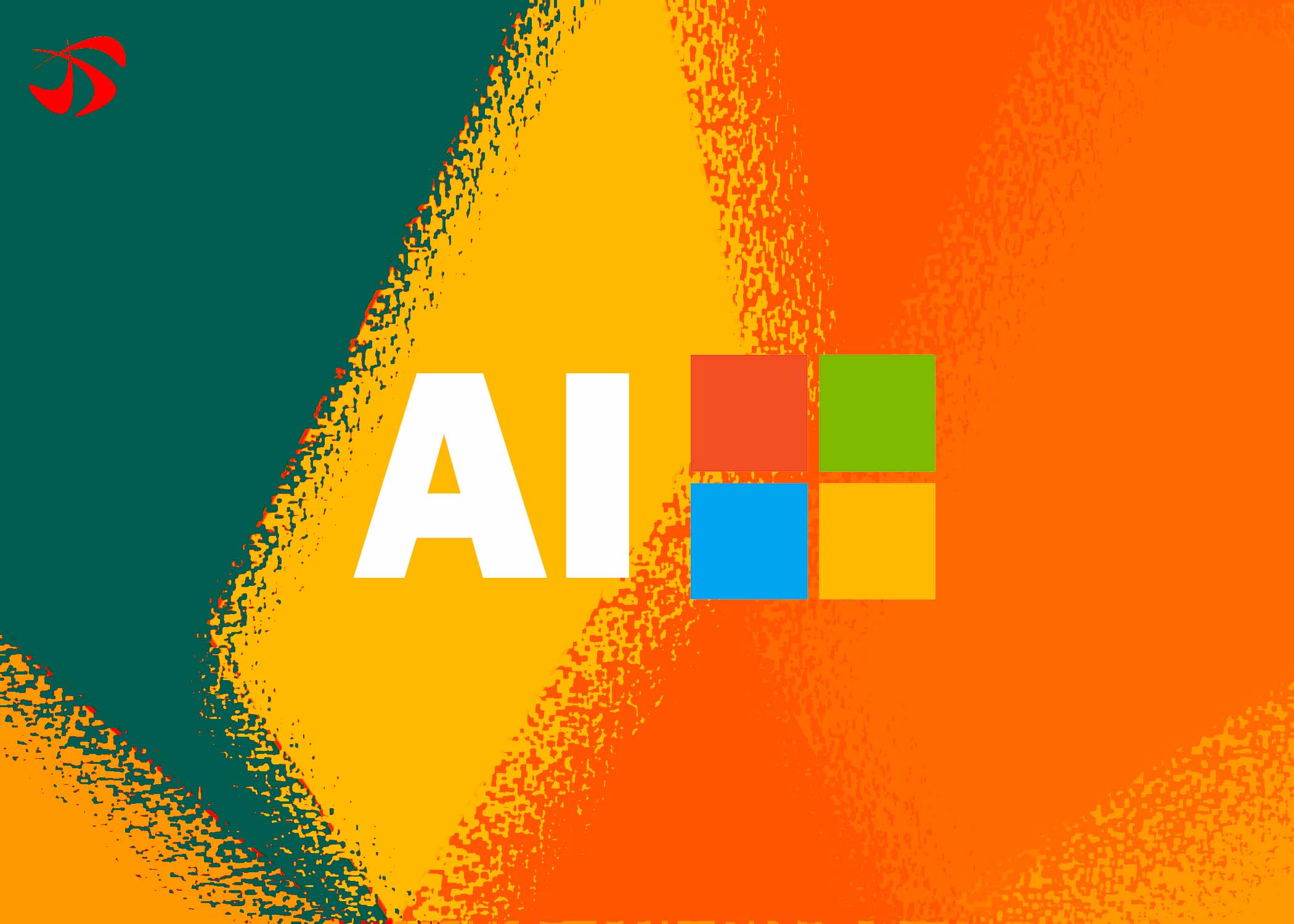Recently, Microsoft launched a standalone Android app for Microsoft Copilot, offering swift access to the AI assistant. Following suit, the iOS and iPad versions have promptly surfaced on the Apple App Store. Similar to Copilot on desktop and other AI chatbots like ChatGPT, users can input questions and await responses crafted by artificial intelligence. In Copilot’s case, responses are generated by OpenAI’s latest large language model, GPT-4. In contrast, the free version of ChatGPT relies on the older ChatGPT-3.5, while ChatGPT Plus subscription is required for access to the newer model.
Moreover, the iOS iteration of Copilot boasts a unique feature—transforming words into images. This functionality is powered by OpenAI’s DALL-E 3 text-to-image AI system. The company claims DALL-E 3 excels in comprehending user intentions with text prompts, surpassing its predecessors, especially in rendering challenging elements like human hands.
Microsoft’s continuous expansion of Copilot began with its rebranding from Bing Chat. After making its mark on Windows 10 and subsequently Windows 11, Copilot reached around a billion devices, considering the user numbers on these platforms. With the recent mobile releases, Microsoft is further broadening Copilot’s accessibility, notably as these apps come with no cost.
Microsoft’s Copilot: Quietly Empowering Android with Versatile AI Capabilities
Microsoft’s Copilot, the versatile AI chatbot aiding in code writing and email drafting, has quietly debuted on Android. The app, available on the Google Play Store, seamlessly integrates features from its desktop counterpart. Powered by OpenAI’s GPT-4 and DALL-E 3 models, Copilot excels not only in text-based tasks but also in generating images from simple descriptions. Remarkably, it’s a free download without the need for a Microsoft account.
Unlike the previous buzz around Bing Chat’s mobile release, Copilot’s Android arrival was discreet. Neowin users first noticed it in the Play Store earlier this month, marking a subtle expansion. However, iOS users still await Copilot’s presence, with no official release date announced.
The move to mobile aligns with Microsoft’s strategic expansion plan. Following its integration with Windows 10 and subsequent presence on Edge, Microsoft 365, and Windows 11, Copilot has become accessible to an additional 1 billion devices. This underlines Microsoft’s commitment to widespread availability. Notably, recent updates to Copilot introduce features like video summarization and song creation, reflecting the company’s dedication to enhancing its capabilities.
Microsoft’s AI Odyssey: A Strategic Leap into the Future of Windows Integration
Microsoft, known for its cautious approach, is boldly integrating artificial intelligence into Windows. With a hefty $13 billion investment in OpenAI, the maker of ChatGPT, and a 49 percent stake acquisition, Microsoft is making a significant bet on AI. The question lingers: Will this infusion genuinely enhance its products?
In a noteworthy move, Bing Chat initiated Microsoft’s AI-centric year. Subsequently, Copilot, armed with AI smarts, extended its reach from Edge to Microsoft 365 tools like Word and PowerPoint, culminating in its integration into Windows 11.
Despite imperfect AI interactions, the only certainty in the AI landscape is rapid change. Microsoft is quick to adapt, and Copilot is poised for an upgrade, incorporating the more potent GPT-4 Turbo and DALL-E 3 models. The unfolding AI journey within Microsoft is indeed a captivating story.

